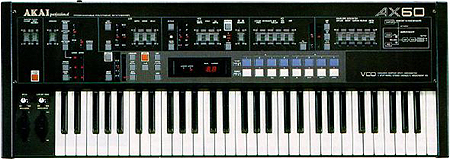
 |
This synth was used on the song Arecebo (string sound) |
The sleeper synth of the last 20+ years. Produced in 1986, if I recall, it wasn’t a beloved machine. Of course now, people in the know snatch these up. (I know if I find another in good shape, I’ll buy it.)
The AX60 and the Roland Juno 106 are very much the same in the way of layout and patch programming.
The AX60 is a fairly rugged machine, easy to program, and a joy to sit in front of (it could use more blinky lights). It is one of my most loved synths at the moment.
I’ve had to crack this synth open a few times for a few minor repairs.
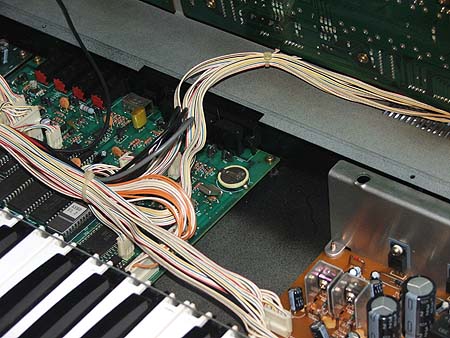
The guts - location of battery. The AX-60 uses a soldered on BR2032. There is plenty of room to replace the soldered on battery with a BR2032 battery holder.
I recently ran into another problem with my AX-60 – I could not tune it. There is a large tune knob on the back of the machine which would only bring me just flat of 440 Hz. Time to crack it open again.
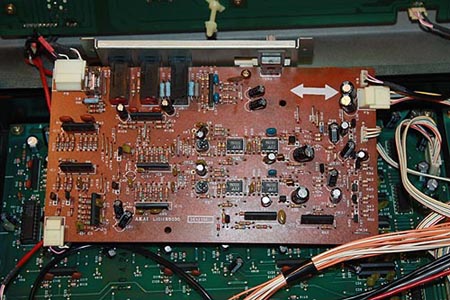
There is a board in the AX-60 which holds "VR3" (AKA; the tuning knob) as well as the audio outputs.
There are no actual tuning type circuits on this board, it only provides a way to attach the knob to the back panel. There is a three wire cable (pink, white, black) in the top right of this board which routes up to the left front panel board. You can see where it attaches in the picture (top right). The front panel board has nothing but sliders, buttons and LEDs.
In the picture above, below the board are the actual synth voice circuits. There are a couple of variable resisters on this board but none have to do with tuning.
The tuning knob variable resister is labeled R10KXO. I didn’t have an extra 10k, but I had a 20k which would fit with a slight modification if needed.
I pulled the variable resister and put a meter on it. It was within range. I hooked it back up to the board using some alligator clip test leads. What do you know, it could be tuned. 440 Hz put the knob just right of center.
I did notice when one of the test leads wasn’t making a good contact the synth would fall flat again. The problem must have been bad solder points.
Simple enough.
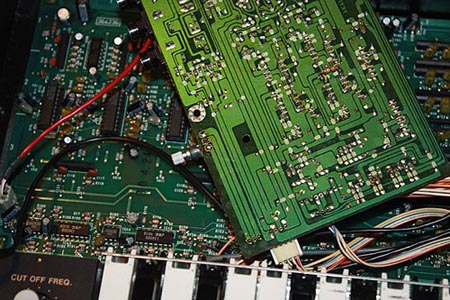
I reattached the variable resister with clean solder points and also re-soldered the points to the cable (bottom corner of the card).
Insert boring specs..
Polyphony – 6 Voices
Oscillators – 6 VCOs
Memory – 64 Patches
Filter – Lowpass analog filter
VCA – ADSR
Keyboard – 61 keys
Arpeg/Seq – Arpeggiator
Control – MIDI (2 parts)



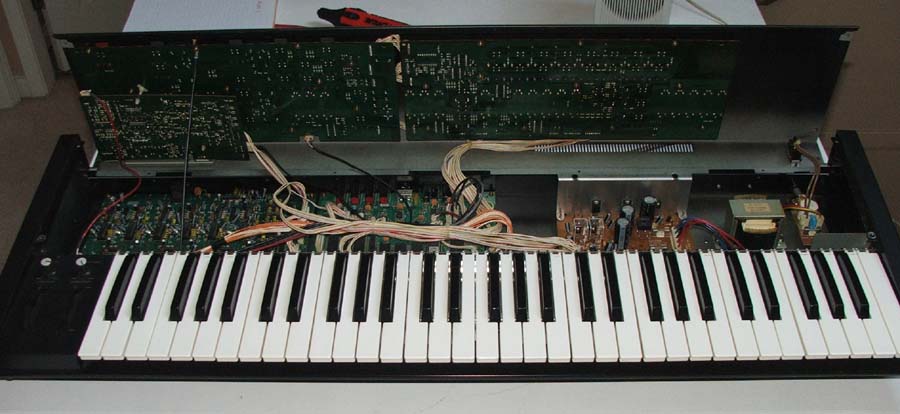
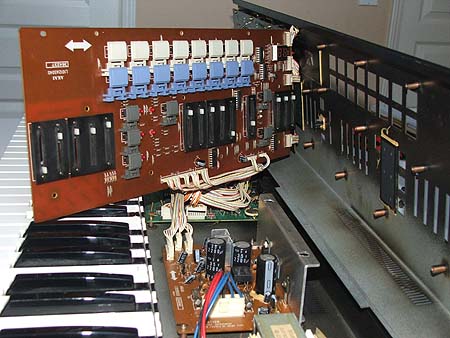
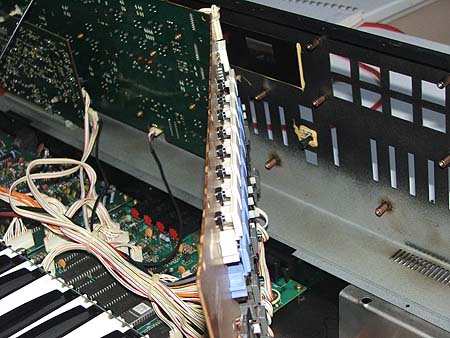
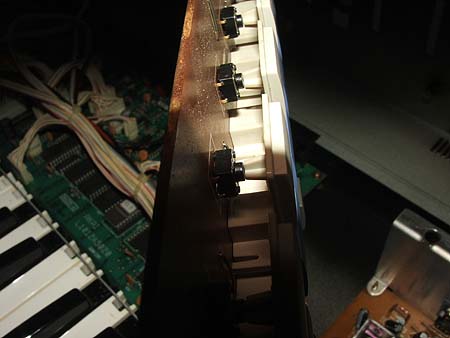
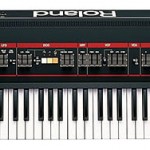
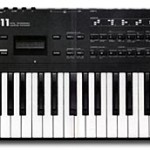
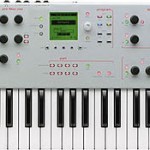

Hi there, great site. Keep it up. I think I came here looking for info on the Ibanex DD1000.
Anyway, I really liked the Akai when I tried it many, many years ago. I should have snapped it up then…
Best regards,
J
Hi ! I have an Akai Ax60 and i want to know how much i should sell it ! He works really well and i didn`t found a price for it ! Awnser me please !
Louis-Charles: That is hard to answer. It really depends on where you live, if you want to sell locally, or online.
For a local sale, I think a good starting price would be to match what you see Roland Juno 106’s going for. In my area those seem to fetch around $600-800. I just looked on ebay and there have been a few AX60’s sold recently between $525-830 USD.
I have an AX80, its been so long since I have heard the AX60 that I have mostly forgotten its sound but my recollection is that they are quite sonically different. I love my AX80 (I think it is one of the nicest looking keyboards ever made).